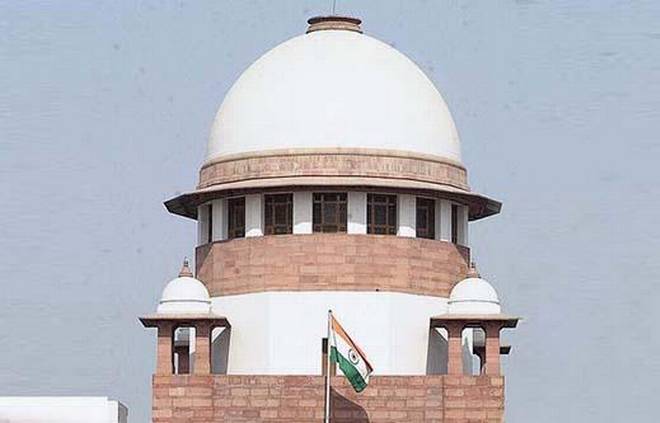Memorandum of Procedure for judicial postings nearing completion
FEBRUARY 27, 2017 02:08 IST The MoP draft was handed over to the Collegium by the government in August 2016. The Supreme Court Collegium is engaged in exhaustive consultations to finalise the long-pending Memorandum of Procedure (MoP)

FEBRUARY 27, 2017 02:08 IST
The MoP draft was handed over to the Collegium by the government in August 2016.
The Supreme Court Collegium is engaged in exhaustive consultations to finalise the long-pending Memorandum of Procedure (MoP) for appointment of judges and draft clauses which once created an impasse between the highest judiciary and the government.
The MoP draft was handed over to the Collegium by the government in August 2016. But no progress was made in resolving the differences till J.S. Khehar took over as Chief Justice of India.
Chief Justice Khehar has repeatedly given positive signals — once in open court and again at a function last week — that he would have the MoP finalised soon, possibly by February-end. Sources say clauses in the draft MoP, like the executive’s prerogative to reject judicial candidates recommended by the Collegium on the ground of “national security,” are no longer a roadblock.
Justice T.S. Thakur, Chief Justice Khehar’s immediate predecessor, had time and again made strong observations against perceived government inaction. However, since Chief Justice Khehar took over, there has been an improvement in relations strained since the Constitution Bench scrapped the National Judicial Appointments Commission Act in 2015.
This has resulted in five new judges appointed to a depleted Supreme Court in one go. Justices S.K. Kaul, Naveen Sinha, Dipak Gupta, M. Shantanagouder and S. Abdul Nazeer have joined the Supreme Court and the number of judges has risen from 23 to 28, just three short of the full sanctioned judicial strength of the court.
Sources said the focus is now on finalising the MoP. However, the Collegium has also recommended nine Chief Justices for various High Courts: Justices Hemant Gupta, Abhilasha Kumari, B.D. Ahmed, Pradeep Nandarajog, Rajendra Menon, T. Vaiphei, H.G. Ramesh, T.B. Radhakrishnan and P.K. Mohanty.
Though both the judiciary and the government have maintained that the pendency of the MoP would not stand in the way of judicial appointments, an amicable resolution to that issue would clear the air on the procedure for appointments of judges to the higher judiciary.
In the Supreme Court itself, the current judicial vacancies are three. Three more judges are retiring in 2017: Justice Pinaki Chandra Ghose, the lead judge in the Jayalalithaa disproportionate assets case, on May 27; Chief Justice Khehar on August 27; and Justice P.C. Pant on August 29.
Again, in 2018, eight judges are retiring. They are Justices Dipak Misra, J. Chelameswar, Madan B. Lokur, Kurian Joseph, R.K. Agrawal, A.K. Goel and Amitava Roy. This means that by 2019, the face of the Supreme Court will have changed since more than half of its judges would be new — if all the vacancies are filled within that time.
Source:

